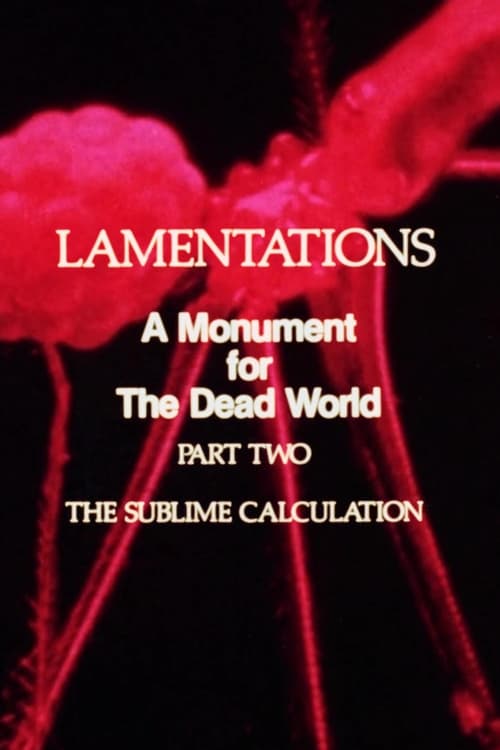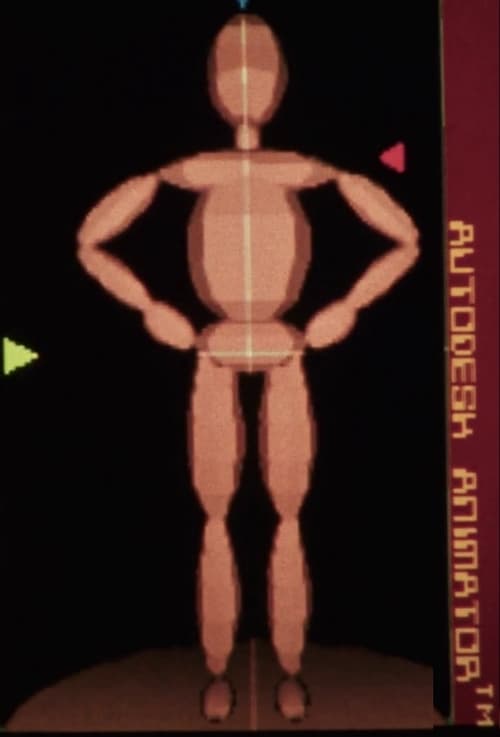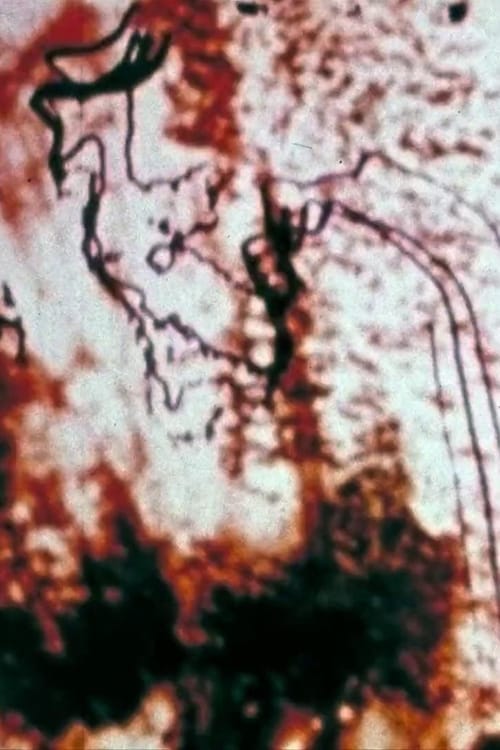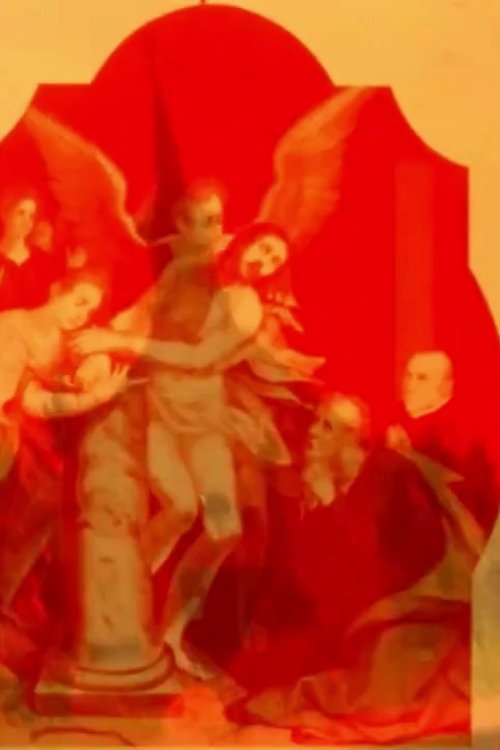The Book of All the Dead(21)
The Book of All the Dead, R. Bruce Elder's 42-hour-long first cycle, gathers films he made between 1975 and 1994.
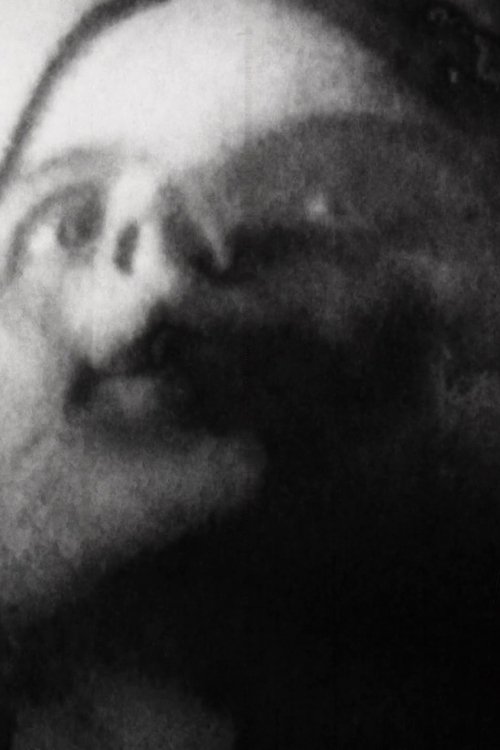
Breath/Light/Birth (1975)
Video transformations of documentary footage of a woman giving birth, assisted by members of a religious commune. Isolation confronts the communal, the gruesome confronts the holy in this most mysterious of events.

The Art of Worldly Wisdom (1979)
A compelling and revealing exploration of one person's psyche in crisis.... The film is a screen diary of a man in his early 30s afflicted with a life-threatening disease, a man confronting his own mortality.
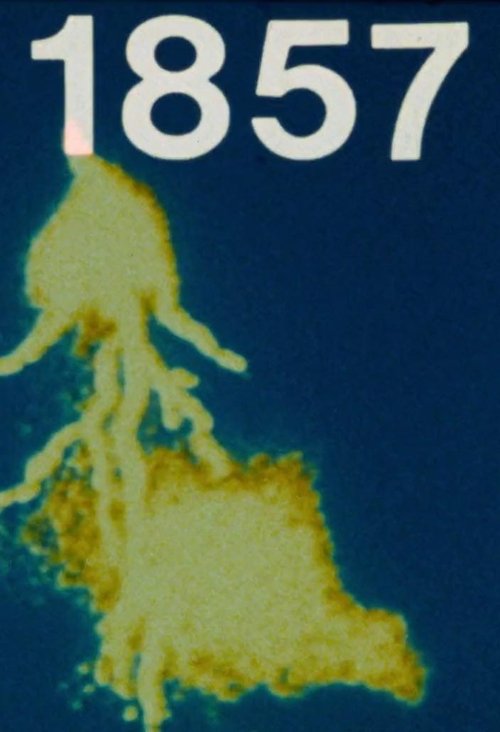
1857 (Fool's Gold) (1981)
This film is an act of celebration ... He produces -- with light and colour, sound, stillness and movement -- the ineluctable rhythm and energy of the natural world.
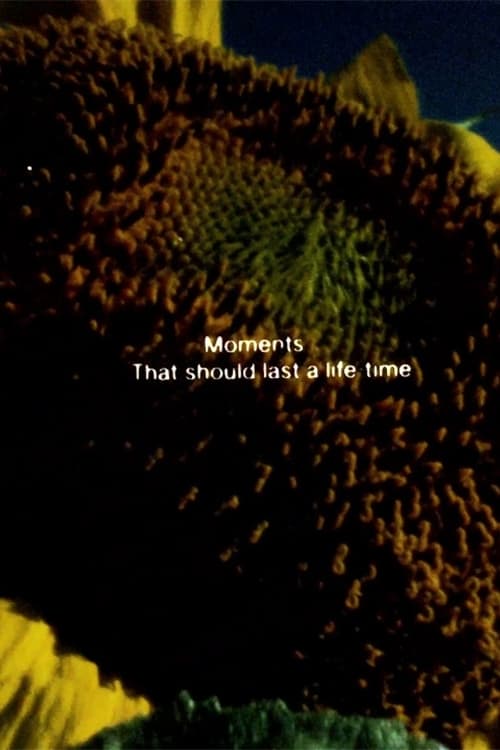
Illuminated Texts (1982)
"Breathtaking in its techniques, rhapsodic in its passion, and encyclopedic in its scope, the film traces the long fall from paradise into modern barbarism." - Art Gallery of Ontario

Lamentations: A Monument to the Dead World, Part 1: The Dream of the Last Historian (1985)
Like Ezekiel's vision in the valley of the dry bones, a typos of a new beginning. In among all the feelings of loss and deprivation there occur intimations of final culbute général, of the dissolution of time, of a now that vanishes between the no long and the not yet.
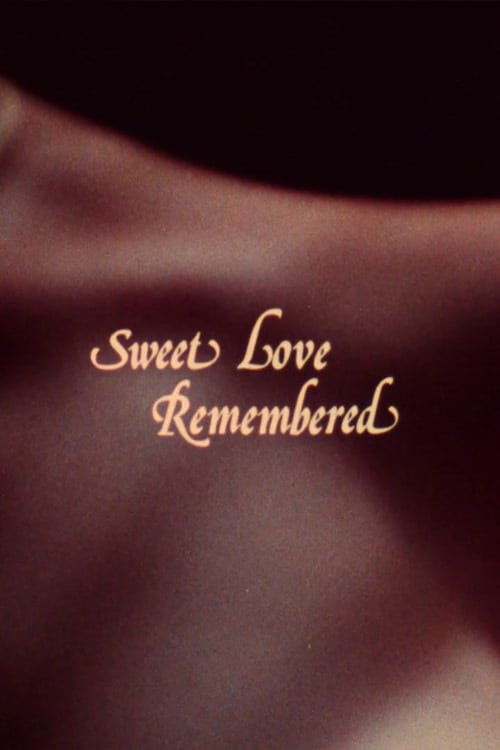
Sweet Love Remembered (1980)
Inspired by remarks made by Freud, "Eros nowhere makes its intentions more clear than in the desire to make two things one." and by Nietzsche, "What must these people have suffered to have become this beautiful."
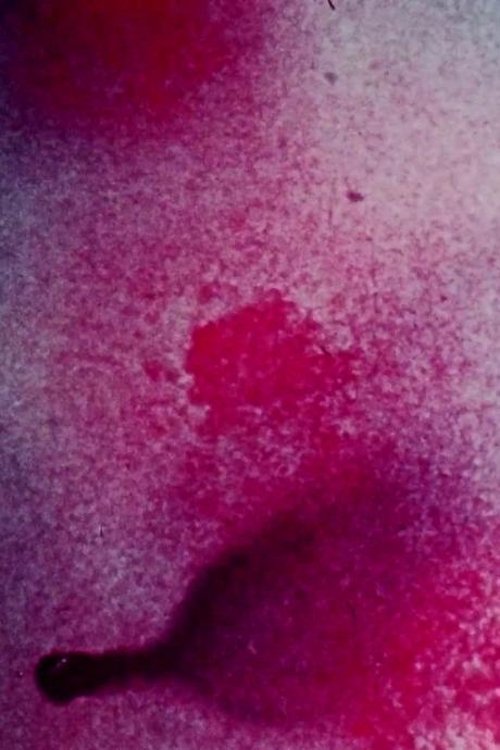
Permutations and Combinations (1976)
A close container for chance elements. Together with She Is Away, makes apparent some features of the material form of which the entire cycle would be composed.
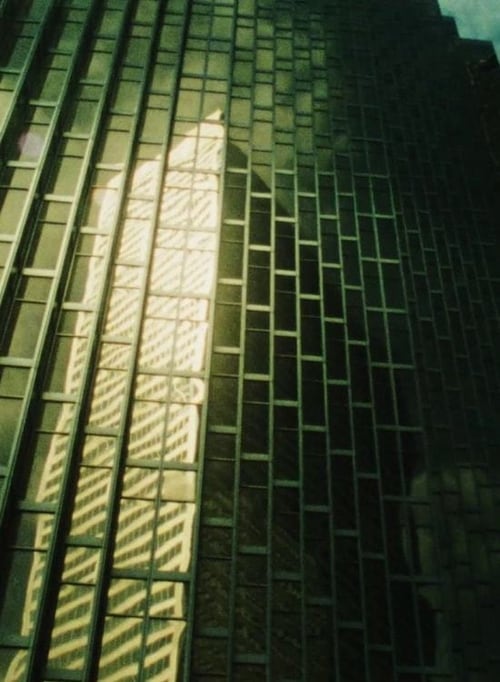
Consolations (Love Is an Art of Time) Part 1: The Fugitive Gods (1988)
"Elder's most philosophical film ... subtly woven connections ... proceed under a contemplative regime" that "solicits the memories of the whole cycle in more delicate ways." Bart Testa
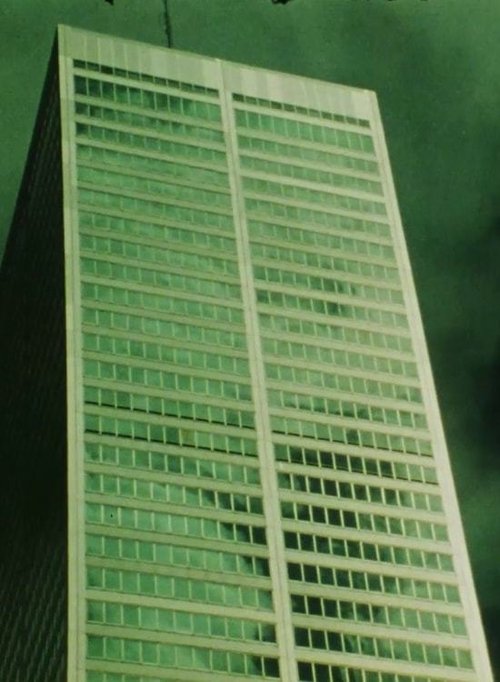
Consolations (Love Is an Art of Time) Part 2: The Lighted Clearing (1988)
"Elder's most philosophical film ... subtly woven connections ... proceed under a contemplative regime" that "solicits the memories of the whole cycle in more delicate ways." Bart Testa
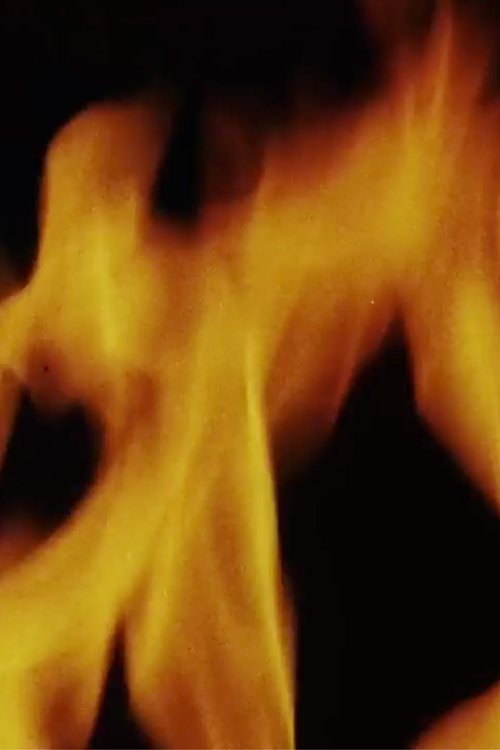
Consolations (Love Is an Art of Time) Part 3: The Body and the World (1988)
"Elder's most philosophical film ... subtly woven connections ... proceed under a contemplative regime" that "solicits the memories of the whole cycle in more delicate ways." Bart Testa
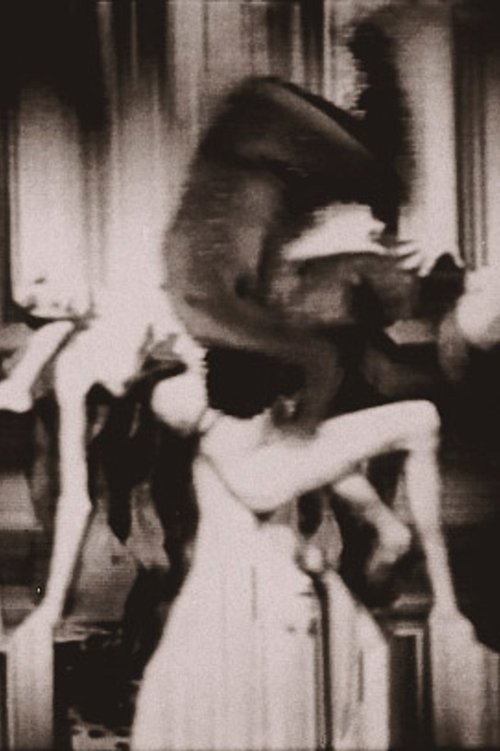
Flesh Angels (1990)
"A beatific vision of the imaginary landscape of paradise, inspired by the poetry of ... Blake." Pacific Cinematheque
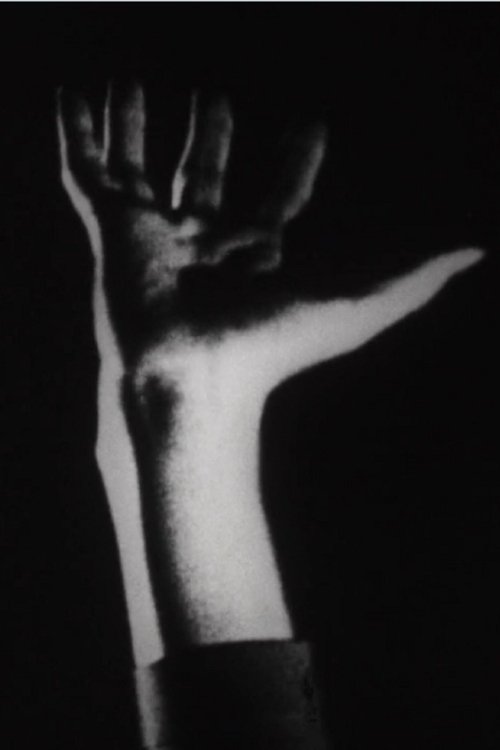
Look! We Have Come Through! (1978)
"a revelation of the editing process ... done with remarkable care and precision ... The interrelationship between moving body and moving camera is heightened to the intensity of a struggle." Joyce Nelson
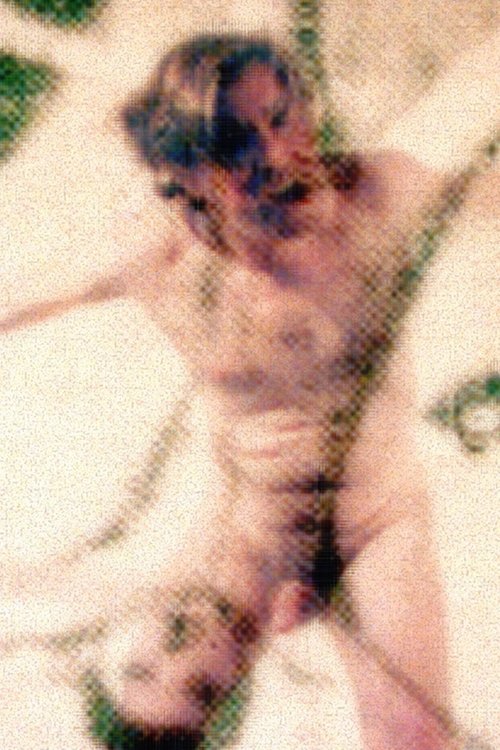
Newton and Me (1991)
Newton was the greatest of all the natural magicians, learned in matters musical, theological and in Apocalyptic literature. He believed bodies were composed of "certain aetheral spirits or vapours"; one ... is the ether, "the succus nutritius of the earth, or primary substance"; the second substance disseminated through the first, is light.
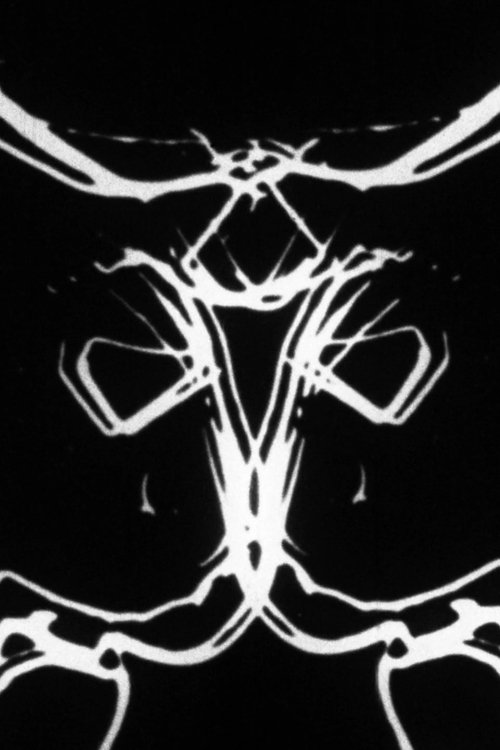
Barbara is a Vision of Loveliness (1976)
The optical manipulation of tone, shape, line and movement creates a purely cinematic choreography.
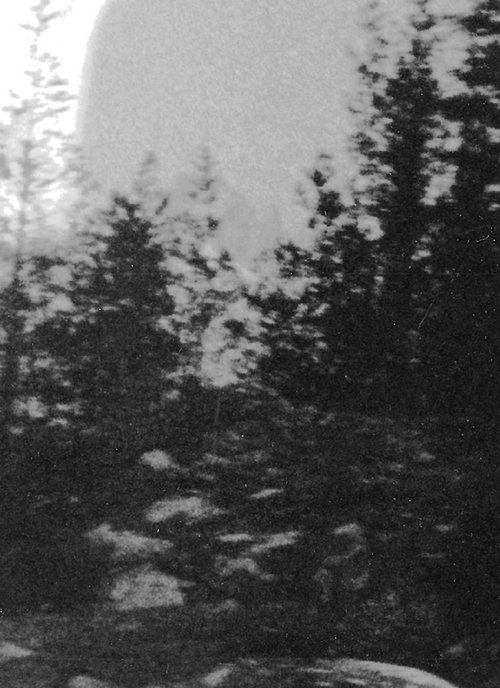
Azure Serene (1992)
"Inspired by the poems of Rainer Maria Rilke, Louis Zukofsky and Ezra Pound ... Elder's latest film .. is a visually lush collage," and "ironic attempt to construct a Divine Comedy for modern times." Jim Shedden
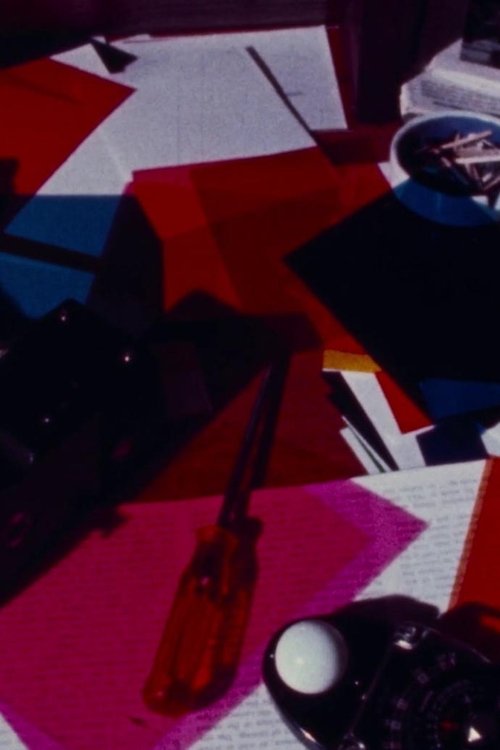
She Is Away (1975)
"evokes absence through elliptical continuity and loneliness through the repetition of ... archetypal images" Ian Birnie
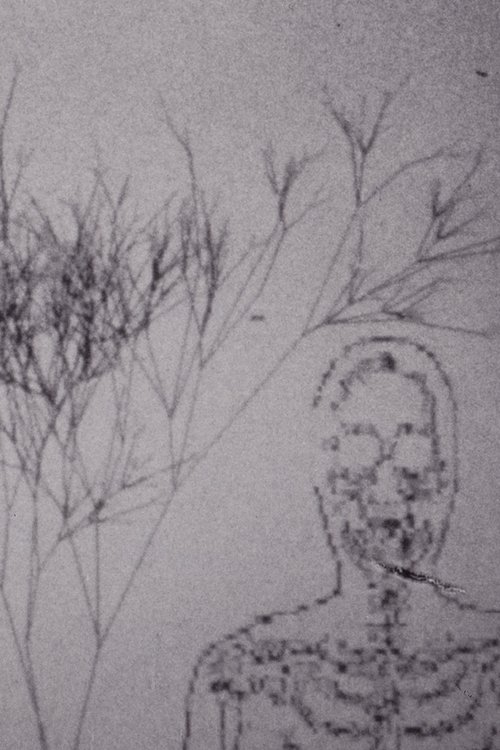
Exultations: In Light of the Great Giving (1993)
The titular film of region three of Elder's Book of All the Dead
